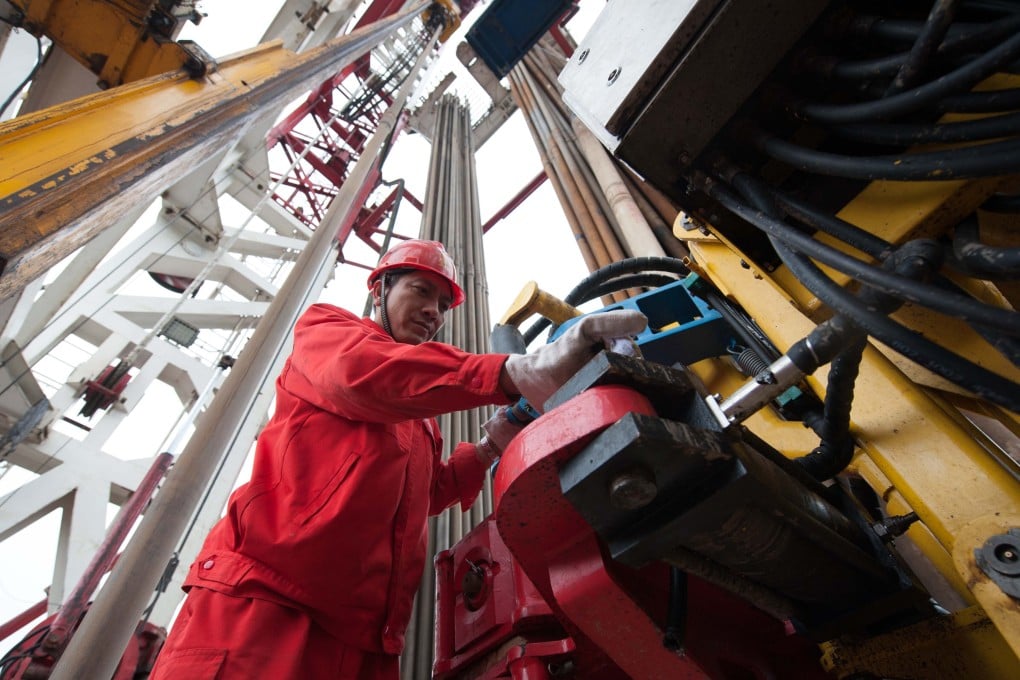Short-term pain ahead as China pushes on with economic reforms
David Liao says market must play bigger role as maintaining status quo would threaten prosperity

Despite the challenges, China's leaders are pushing into the most critical phase of their ambitious reform programme, cautiously unleashing the power of private investment and consumption to breathe new life into the slowing economy. But it will be a tough road.
The systems that successfully marshalled the capital to drive China's first phase of growth are being swamped by the more complex economy they helped create. The result has been increasing misallocation of resources and growing imbalances within the financial sector. The solution is to allow market forces to play a greater role in the economy; although simple in conception, in execution it is akin to playing three-dimensional chess against the clock.
Shifting China's enormous economy from a state-controlled, investment-led growth model to a market-led, consumption-heavy model will not happen overnight. But, this is not the first time that China has faced both cyclical and structural challenges. The government has the resources to avoid a hard landing, but delaying reforms would in itself pose a risk to the long-term health of the economy.
The time frame for significant reforms should be within one to three years, but this year and the next will be vital in pushing forward. The leadership is committed to reforms and has recognised that the price of inactivity is likely to be much higher than the costs of reform.
The pace of change has slowed this year, but the government has announced more substantial and challenging reform as simpler changes to the economy - the low-hanging fruit - were made some time ago. The thorniest decisions - stripping big state firms of an implicit government guarantee; opening sectors such as banking to competition; and reforming the fiscal system to deal with local government debts - still lie ahead.
China has set a clear timetable to build a modern fiscal system that will help optimise resource allocation, unify market standards and boost social justice. Major tasks concerning the fiscal and tax system will be completed by 2016, before a modern fiscal system is built by 2020. The key is balancing the interests of central and local government; and business and society, but challenges remain.
The potential impact of state-owned enterprise reform on the economy is huge. There were 113 SOEs controlled by the State Council at the end of 2013 and about 145,000 SOEs under local government control. Total assets of non-financial SOEs stood at 91 trillion yuan (about HK$114 trillion) at the end of 2013, or 160 per cent of GDP; China's SOEs absorb a disproportionately large share of bank credit.
